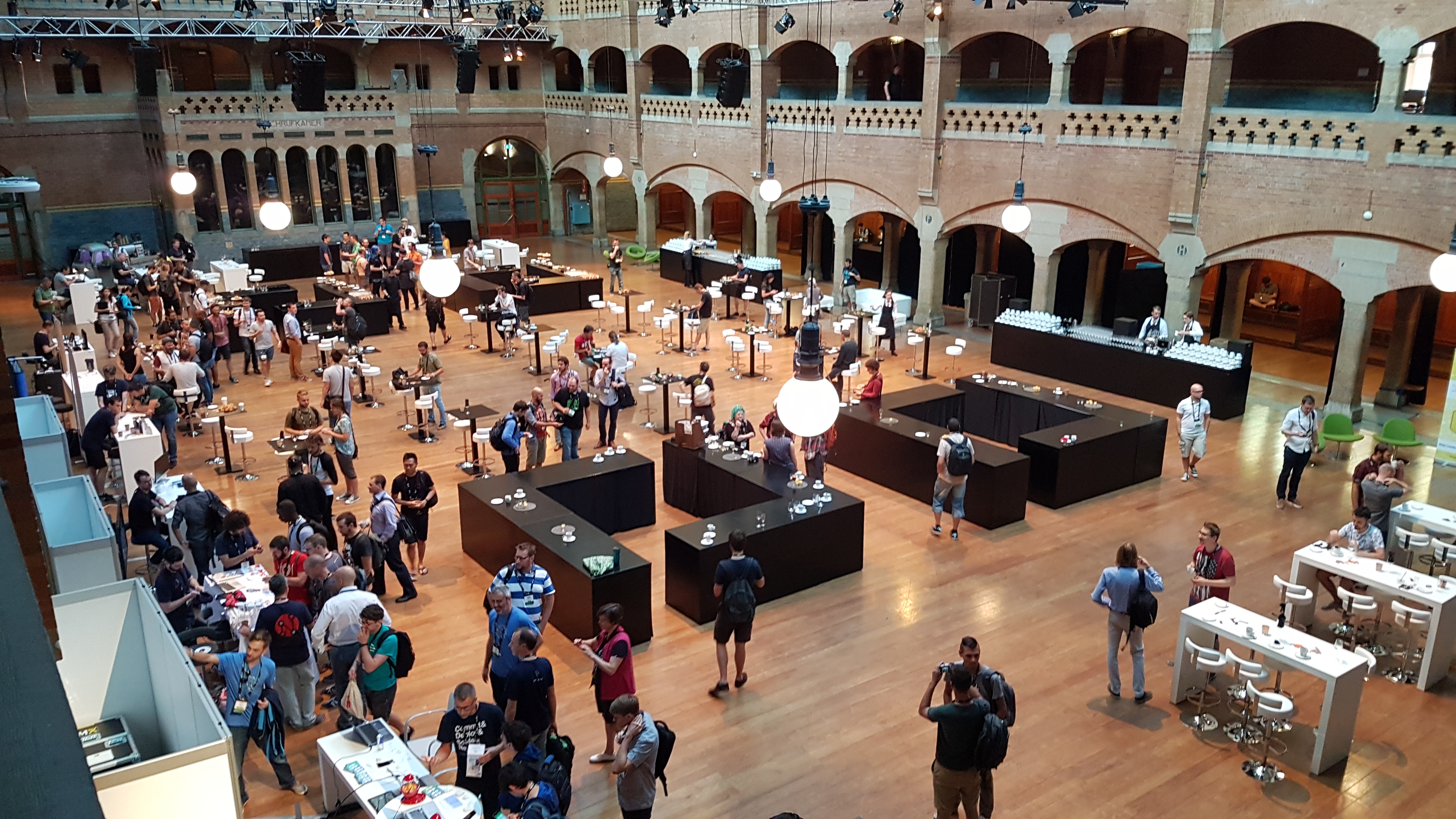
Workshop day!
Finally some action!
Node source compiling, testing
Folders
- deps/
- doc/api/
- lib/
- src/
- test/parallel/
Installing node
git clone git@github.com:nodejs/node.git
cd node
./configure
Compile
make -j4
it took me about 20’
Test it:
./node
process.version
Build the doc
make doc
make doc-only
Output will be in out/doc/api
Make test
run all the test 2’50”
make -j4 test
most of the time
make -j4 test-parallel
is sufficient (and take half the time)
Contributing
- fork
- branch
- commit
Contributing in general
openhatch thanks @pkafei
Session about how stream works
To learn about stream, reading the code is a good option (documentation and test are not that perfect). So here are some entry point to understand concept of the stream.
Different streams:
- readable stream: maintained by the stream working group. See _stream_readable.js
- writable stream: See _stream_writable.js
Why use readable stream: because it fixes the stream core
Socket is duplex stream (readable and writable).
Stream are pipes.
_stream_readable.js
Readable: What is readable state: it’s a state object, the stream object create an instance of the stream state to store his state.
Pipe: the pipe use the readable state, use on(‘data’) which write on destination.
Source stream emits data event. When write returns false it means that we need to slow down (pause) and add a drain event wait.
The drain event is triggered and the writer may write again.
The point of stream is to slow down the speed so the consumer can keep on reading.
Handling errors in piped stream: using mafintosh module pump.
Overall Personal Conclusion of the #NodeInteractive 4 days event
While it’s always a good thing to gather community around an event and to meet each other in person, I would have imagined a bit more interactivity in this one. Such has Q&A session, idea gathering (post-it, drawing …) session.
As Ashley Williams mentioned in her session: effort still seems needed to listen and take into account what the community has to say.
I could rephrase this as: I was glad to contribute to bug fixing but I would have been happier to contribute to the future of nodejs in general. It looks like nodejs is well controlled by the one working for big companies all around the project and that’s fine because it is where it came from. But if you want free contributors to feel more part of the community some responsability and powers needs to be shared.
However, about the venue and the networking, it really was something enjoyable: a nice place, good food and free time to speak to each others was a great idea. Especially the fact that kernel team members where available and free to speak about anything.
I’m glad for the people I met, I’m glad and proud to have been able to help the nodejs community even a tiny bit. It’s always good to give back to the open source world, it makes you feel useful.
Let’s try to do it the proper way with a retrospective look:
to keep
- NodeSchool / NodeTogether alike interactive hand’s on session with mentor in the room
- AI session where really interesting
- Session about how nodejs code works
- Networking time
to enhance
- Give time for Q&A
- Add more interaction in the early part (allowing each one to speak the same amount of time: free contributor or not) at least to prepare the collaboration summit with all the idea that will be gethered there